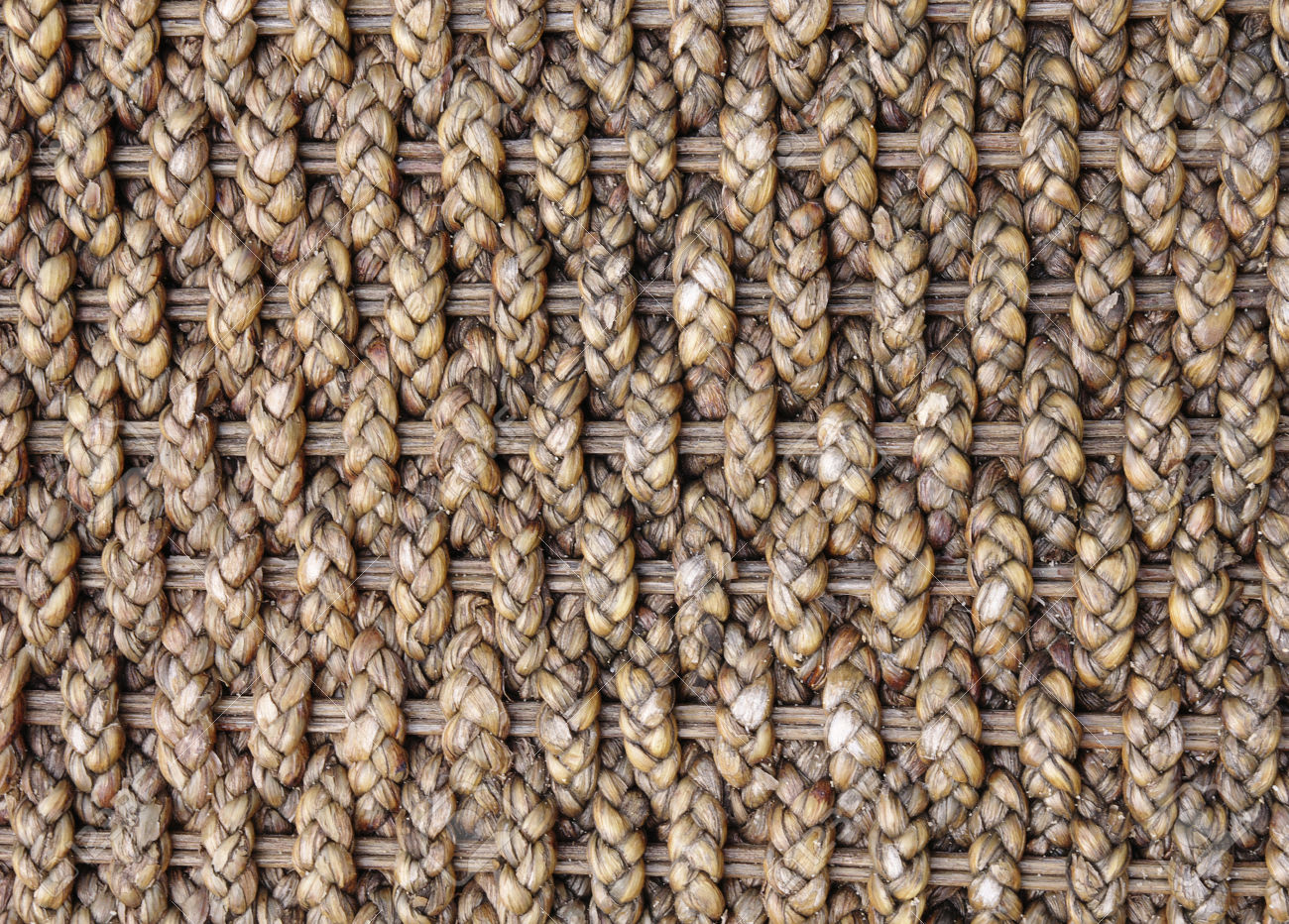The Mishna tells us that it is forbidden to braid hair on Shabbat. Rebbe Eliezer holds that it is a Torah prohibition, whereas the Sages hold that the prohibition is rabbinical (Shabbat 94b, SA OC 303:26. We rule according to the Sages).
The gemara explains that braiding is forbidden as a kind of “building”. The question is asked, is this really a kind of building? The answer is that there is a precedent: “And HaShem G-d built the rib which he took from man into a woman, and brought her to the man” (Bereshit 2:22). Rebbe Shimon ben Menasya explains that this “building” refers to braiding Chava’s hair.
Rav Kook uses this passage to explain two different ideas in the concept of “building”. One thing we learn from here is that the esthetic aspect of building is not something extraneous but is an inherent aspect of building. The emotional inspiration provided by a beautiful building is no less important than the shelter it provides, and arranging for this is also part of the melacha (Ein Ayah Shabbat 94b).
Rav Kook also writes that this verse hints at the idea of the family as a kind of building – a motif which is very common in our tradition. For instance, one of the sheva berakhot which we say at a wedding states that G-d established from mankind “an eternal building”.
Putting these ideas together, we learn that the institution of marriage also is not merely a utilitarian arrange- ment, a “marriage of convenience” for the purpose of fulfilling material needs, including the need to fulfill the commandment to have children. Rather, the ideas of esthetic appreciation and emotional refinement are part of the very essence of the family unit, not some external ornament or inducement (Ein Ayah Berakhot 61a).
We see that the building of the family unit by the union of man and woman is meant to perfect and complete mankind on all levels. On the spiritual level, we know that mankind is created in the Divine image specifically with male and female together (Bereshit 1:27). On the emotional level, man was lonely and alienated without a helpmate (Bereshit 2:20). On the physical level, we know that romantic union and bearing children can occur only with the cooperation of both sexes. This Talmudic Midrash extends the idea and shows that esthetic refinement is also some- thing which is inspired and advanced in the context of marriage.
Rabbi Asher Meir is the author of the book Meaning in Mitzvot, distributed by Feldheim. The book provides insights into the inner meaning of our daily practices, following the order of the 221 chapters of the Kitzur Shulchan Arukh.
The words of this author reflect his/her own opinions and do not necessarily represent the official position of the Orthodox Union.
